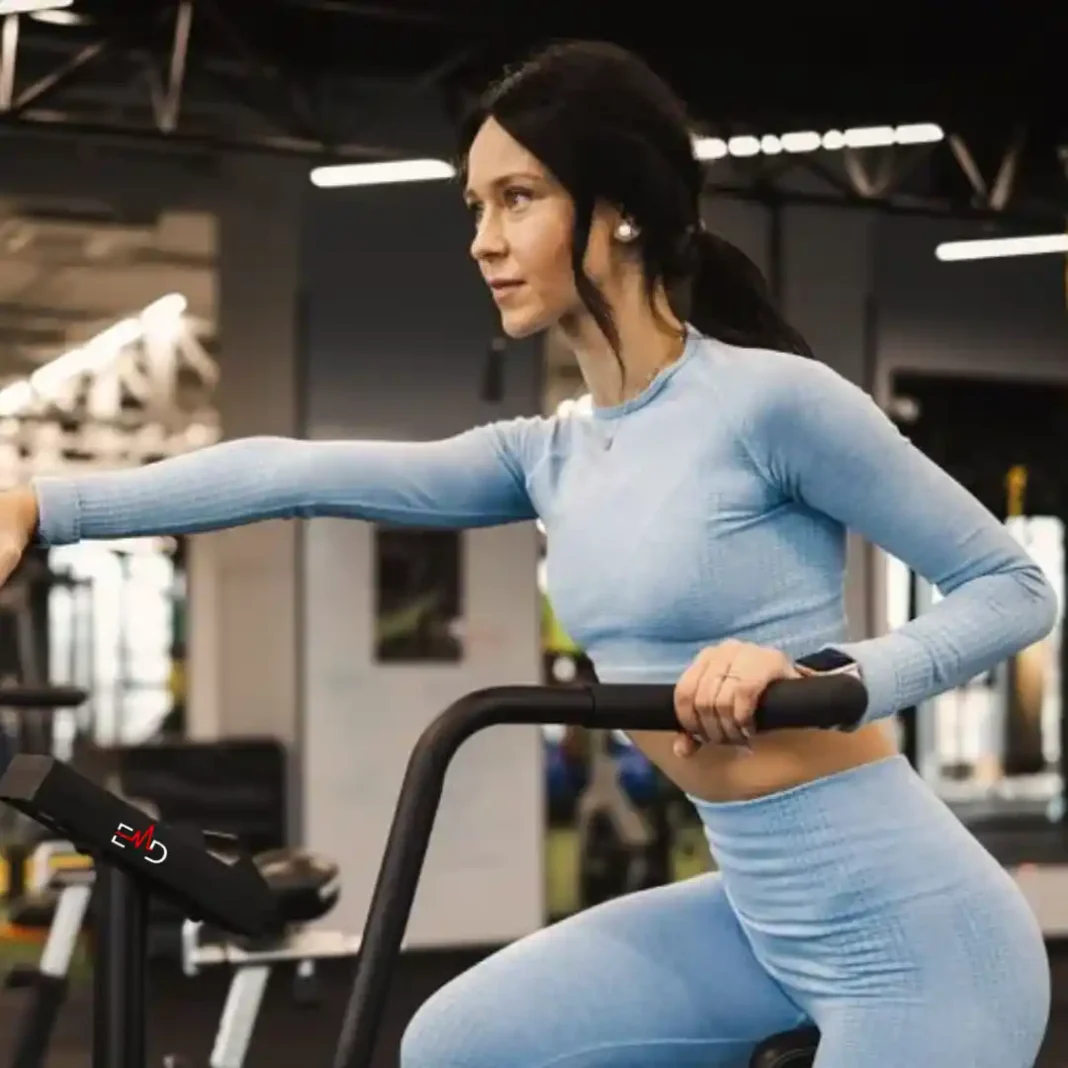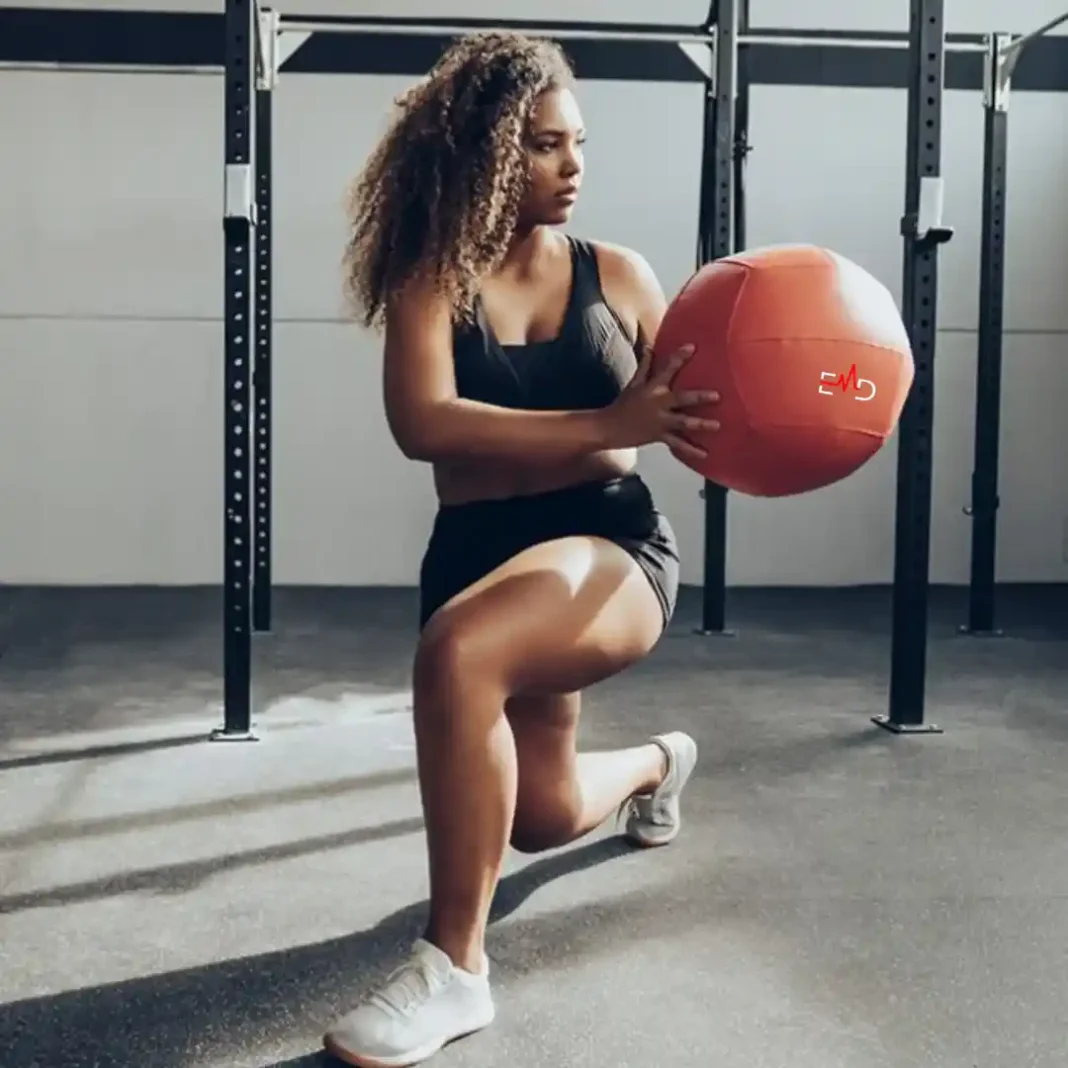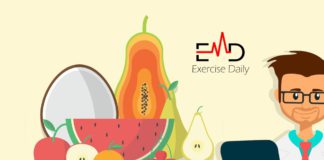Exercise Daily – In the fitness world, myths and misconceptions often circulate, leading to confusion and frustration. Popular fitness myths like “lifting weights will make you look like a bodybuilder” or “cardio is the best way to burn fat” can derail your progress. These misconceptions, often perpetuated by fitness influencers, overlook the importance of a balanced workout routine incorporating resistance training and proper diet. In fact, lifting weights can help you build lean muscle mass, increase your body’s resting metabolic rate, and improve overall body strength without making you bulky. This misunderstanding, prevalent in fitness circles, can hinder your ability to reach your fitness goals.
Another common misconception is that you must constantly engage in intense exercise to get a good workout or see progress. While intense exercise has benefits, overdoing it without paying attention to your body’s limits or sports medicine guidance can also put you at risk for injury. Many people also focus solely on the number of calories burned during exercise, ignoring the role of diet and muscle composition. It’s essential to remember that losing weight doesn’t just come down to the number on the scale – fat and muscle are two different body parts, and proper training builds strength while reducing fat. Understanding these fitness myths and focusing on diet and exercise can help you achieve your fitness goals safely and effectively.

Introduction to Fitness Myths
Fitness myths can derail your progress and leave you feeling frustrated. Whether you’re just starting your fitness journey or have been working out for years, it’s crucial to separate fact from fiction. These misconceptions often arise from outdated beliefs, half-truths, or anecdotal evidence, clouding what modern science and fitness professionals now understand. In this article, we’ll tackle 10 common fitness myths, explain why they’re misleading, and show you what really works.
Myth 1: Cardio Is the Only Way to Burn Fat
Many people assume that cardio should be your primary focus if fat loss is your goal. Cardio is often viewed as the ultimate fat-burning activity, whether running, cycling, or swimming. But relying solely on it won’t necessarily help you achieve optimal results.
Why Cardio Alone Won’t Cut It
Cardio workouts burn calories but don’t necessarily target fat loss most efficiently. Over time, your body adapts to steady-state cardio, meaning you’ll burn fewer calories doing the same activity. Additionally, excessive cardio can lead to muscle loss, which slows your metabolism.
The Role of Strength Training in Fat Loss
Strength training is equally—if not more—important when it comes to fat loss. Lifting weights increases your muscle mass, and muscle burns more calories at rest than fat. This boost to your metabolic rate helps you burn fat more effectively, even when you’re not working out. By combining strength training with cardio, you’ll experience better results.

Myth 2: Lifting Heavy Weights Makes You Bulky
Many people, especially women, fear lifting heavy weights will make them look bulky or masculine. This myth often discourages people from training in strength, but the reality is quite different.
Understanding Muscle Mass vs. Fat Gain
Building muscle takes time, effort, and specific training conditions. You won’t accidentally bulk up just by lifting heavy weights a few times a week. Lifting heavy weights can help you achieve a lean, toned physique by burning fat and building muscle simultaneously. The fear of becoming “too bulky” is largely unfounded for most fitness enthusiasts.
The Science Behind Muscle Building
A calorie surplus, adequate protein intake, and a highly structured weightlifting program are required to build significant muscle mass. For most people, the dedication needed to “bulk up” is far beyond what they practice. Strength training without a calorie surplus will lead to a toned, lean appearance rather than an overly muscular one.
Myth 3: You Can Spot Reduce Fat
Spot reduction suggests that if you work a specific muscle group, like your abs or thighs, you’ll lose fat in that area. This is one of the most widespread fitness myths, and many believe that endless crunches will result in a flat stomach.
How Fat Loss Really Works
Fat loss occurs throughout your body, not just in specific areas you target with exercise. When you create a calorie deficit through exercise and diet, your body decides where to burn fat. Genetics, hormones, and other factors beyond your control influence this process.
Why Spot Reduction Is a Misconception
To see the best results, you should focus on a combination of strength training, full-body cardio, and proper nutrition. Targeting individual areas won’t significantly reduce fat in those spots, but a comprehensive approach will lead to weight loss across your body and a more defined appearance.

Myth 4: No Pain, No Gain
The belief that you need to push yourself to the point of pain to make progress is damaging. This mindset often leads to injury and burnout rather than long-term success.
The Importance of Recovery
Muscle growth happens during recovery, not while pushing yourself in the gym. Pushing through pain, especially when your body signals that it needs rest, can lead to overtraining and injury. Incorporating rest days into your routine is essential to give your muscles time to heal and grow.
Signs of Overtraining to Watch Out For
Constant fatigue, decreased performance, irritability, and frequent injuries are signs of overtraining. Ignoring these signs in favor of the “no pain, no gain” mentality will hinder your progress in the long run.
Myth 5: Crunches Are the Key to Six-Pack Abs
Crunches are often considered the go-to exercise for a toned midsection, but they’re not the magic bullet for getting six-pack abs.
Core Strength vs. Visible Abs
While crunches and other core exercises can strengthen your abdominal muscles, they won’t necessarily make your abs visible. The visibility of your abs depends largely on your overall body fat percentage. You need to lose the layer of fat covering your abs through a combination of diet and full-body exercises.
The Role of Diet in Achieving Abs
Your diet plays a significant role in achieving visible abs. A calorie deficit is necessary to shed body fat; without it, no amount of crunches will reveal a six-pack. A balanced protein and fiber diet and regular exercise will help you achieve this goal.

Myth 6: You Need to Work Out Every Day
Many people think that to get fit, they must work out daily. But more isn’t always better when it comes to exercise.
Quality vs. Quantity of Workouts
Effective workouts prioritize quality over quantity. High-intensity workouts with good form will produce better results than simply showing up daily and going through the motions. Overworking your body without proper rest can diminish returns and increase the risk of injury.
How Rest Days Help You Progress
Your muscles need time to recover and repair after a workout. During this recovery period, your muscles strengthen, so skipping rest days can hinder your progress. Plan rest days strategically to ensure long-term fitness success.
Myth 7: Strength Training Is Bad for Your Joints
This myth has kept many people, especially those with joint pain, from trying strength training. However, when done correctly, strength training can improve joint health.
Proper Form and Joint Health
Lifting weights with poor form can strain your joints, but when done correctly, strength training strengthens the muscles around your joints, offering them greater stability. The key is to prioritize proper form and technique, which reduces the risk of injury and protects your joints.
How Strength Training Improves Joint Stability
Strong muscles support your joints and reduce the likelihood of injury. For example, strong quadriceps and hamstrings help stabilize your knees, while a strong core protects your lower back. Strengthening the muscles around your joints can improve mobility and prevent joint problems as you age.
Myth 8: Soreness Means You Had a Good Workout
Many people believe they don’t work hard enough if they’re not sore after a workout. However, soreness is not always an indicator of an effective workout.
Understanding Delayed Onset Muscle Soreness (DOMS)
Delayed Onset Muscle Soreness (DOMS) is common when introducing new exercises or increasing intensity. While DOMS can indicate that you’ve challenged your muscles, it’s not a requirement for a good workout. You can still make significant progress without feeling sore afterward.
When Soreness Should Be a Concern
If your soreness persists for several days or if you experience sharp, localized pain, it could be a sign of an injury. In such cases, it’s essential to listen to your body and avoid pushing yourself further without allowing proper recovery.

Myth 9: You Need to Eat Right Before Working Out
Many fitness enthusiasts believe they must eat before every workout to perform their best. While nutrition is crucial, the timing isn’t always as important as some make it out to be.
Timing Your Nutrition for Optimal Performance
Pre-workout nutrition can boost your energy levels and improve performance, but it’s not essential for everyone. Some people perform well in fasted states, especially during low to moderate-intensity activities like walking or light cardio. However, having a light snack beforehand can help fuel your efforts if you’re engaging in more intense workouts.
Benefits of Training on an Empty Stomach
Fasted training, particularly in the morning, has become popular for those looking to burn fat. However, results can vary depending on the individual. While some people thrive in a fasted state, others may feel light-headed or tired. Experimenting with your pre-workout routine will help you discover what works best.
Myth 10: Women Should Avoid Heavy Weights
Despite growing awareness, the misconception that women should avoid lifting heavy weights persists in some circles. However, heavy weights provide a multitude of benefits for everyone.
Debunking Gender Myths in Fitness
The fear of bulking up is especially prevalent among women, but as discussed earlier, it’s unlikely to happen without a specific diet and training plan. Heavy lifting is one of the most effective ways to build lean muscle and burn fat.
How Heavy Lifting Benefits Everyone
Lifting heavy weights increases strength, improves metabolism, and enhances bone density—benefits that are especially crucial for women as they age. Incorporating strength training into your routine will improve your appearance and protect against osteoporosis and other age-related conditions.

Conclusion
Fitness myths are everywhere, and they can slow your progress or discourage you. By debunking these common misconceptions, you’ll have a clearer path toward reaching your goals. Fitness is about consistency, proper training, and a balanced approach. Don’t let myths stand in your way—focus on what works for your body and long-term health.
FAQs – Fitness Myths Debunked: What Really Works
Q: Is cardio necessary for fat loss?
A: Cardio can help burn calories, but strength training and a balanced diet are also key to fat loss.
Q: Will lifting weights make me bulky?
A: No, lifting weights will help you build lean muscle, not bulk, unless you follow a specific bodybuilding plan.
Q: Can I lose belly fat by doing crunches?
A: No, fat loss happens throughout the body, not in isolated areas.
Q: Should I work out every day?
A: No, rest days are important for muscle recovery and preventing injury.
Q: Does soreness mean I had a good workout?
A: Soreness can indicate muscle recovery, but it’s not the only sign of a productive workout.




